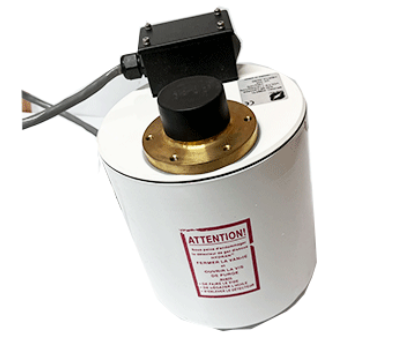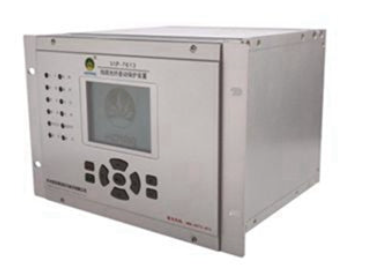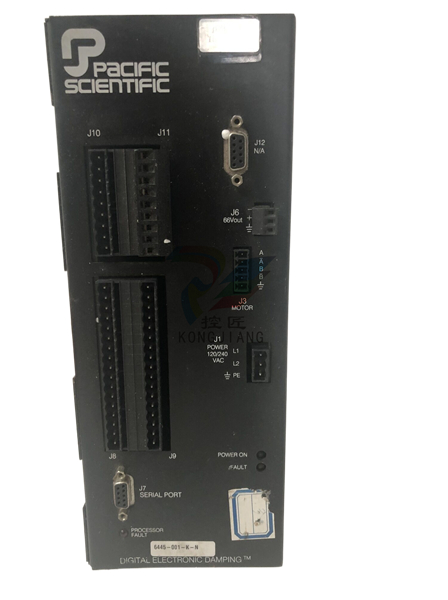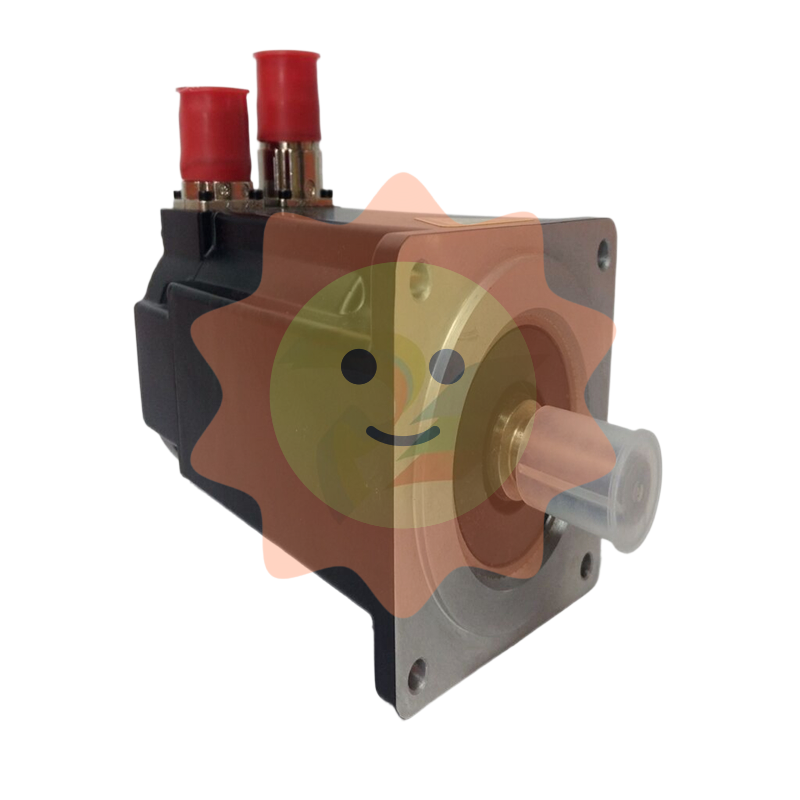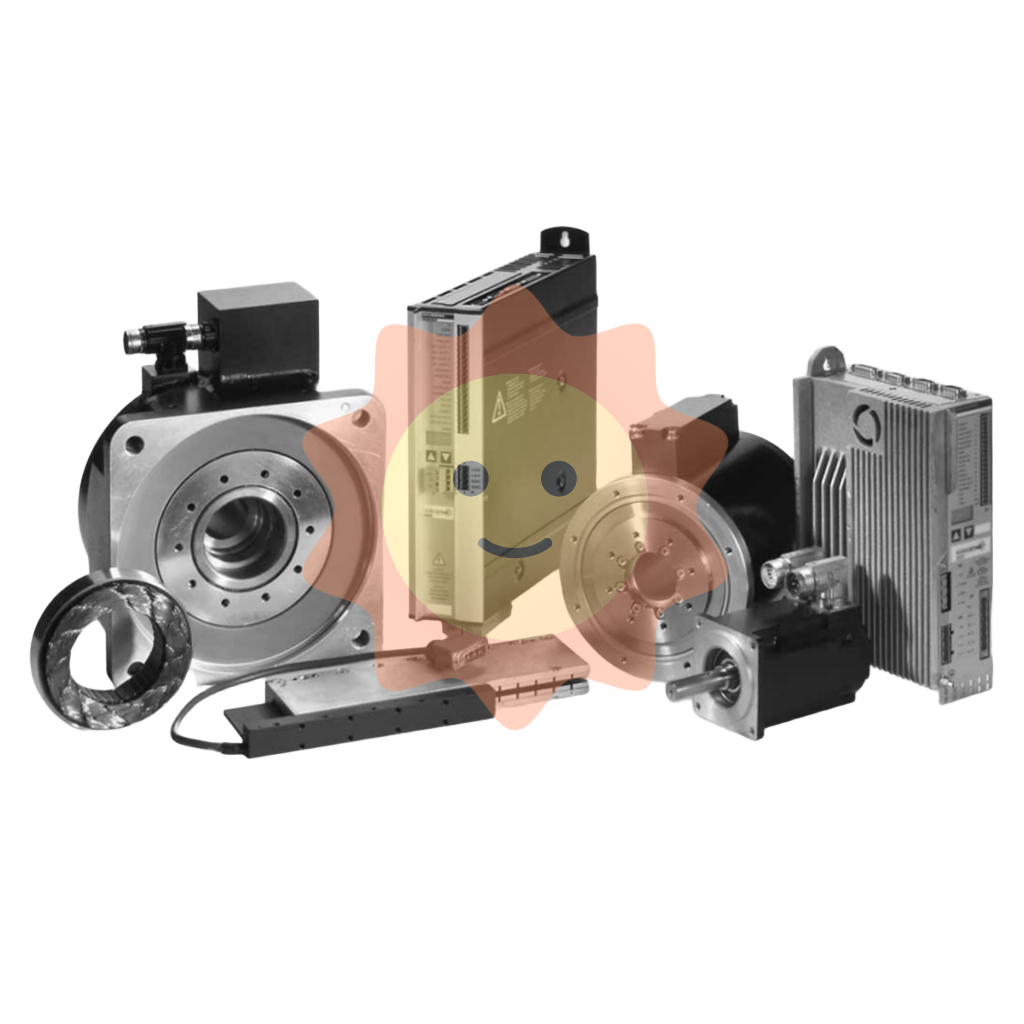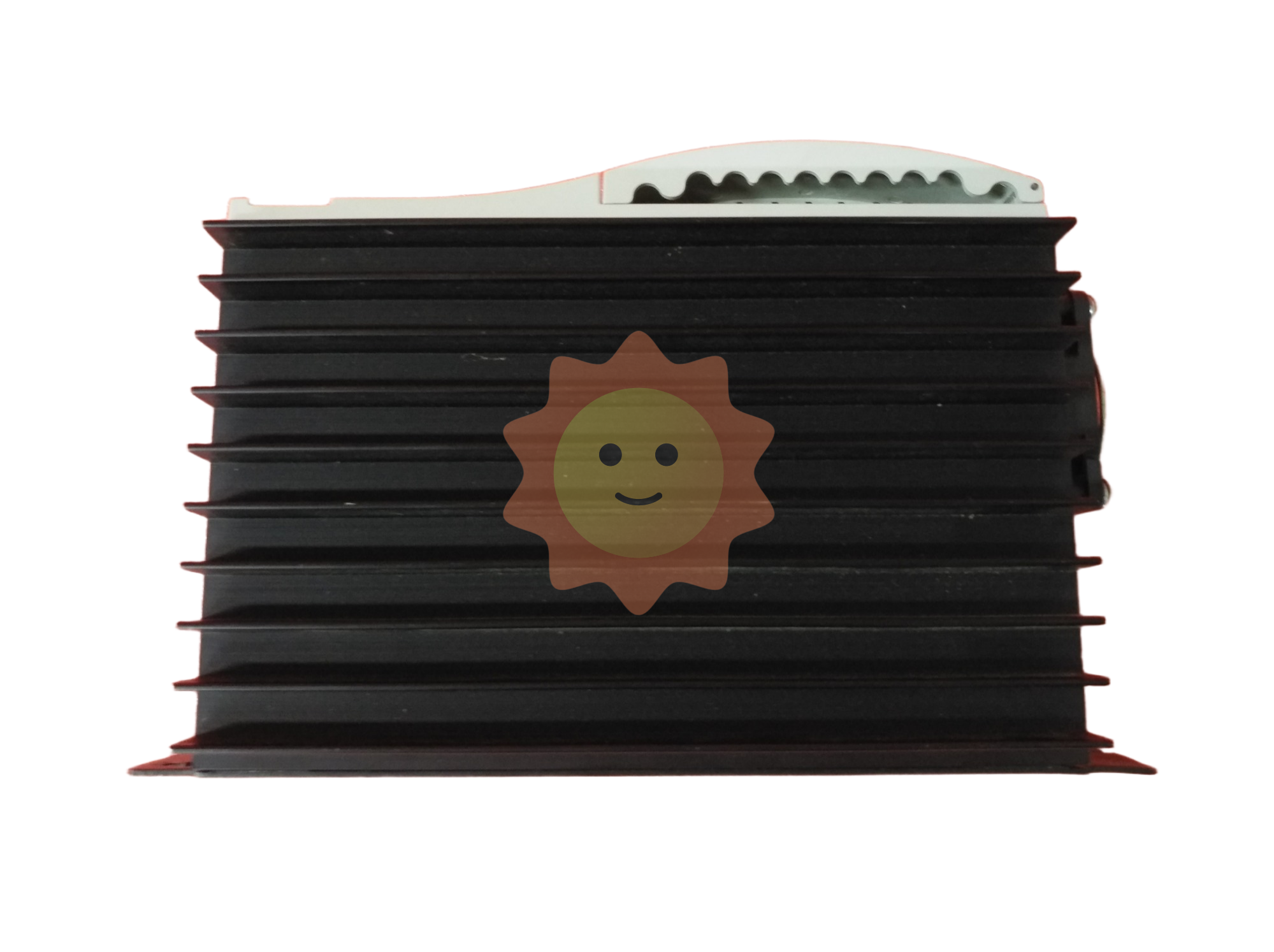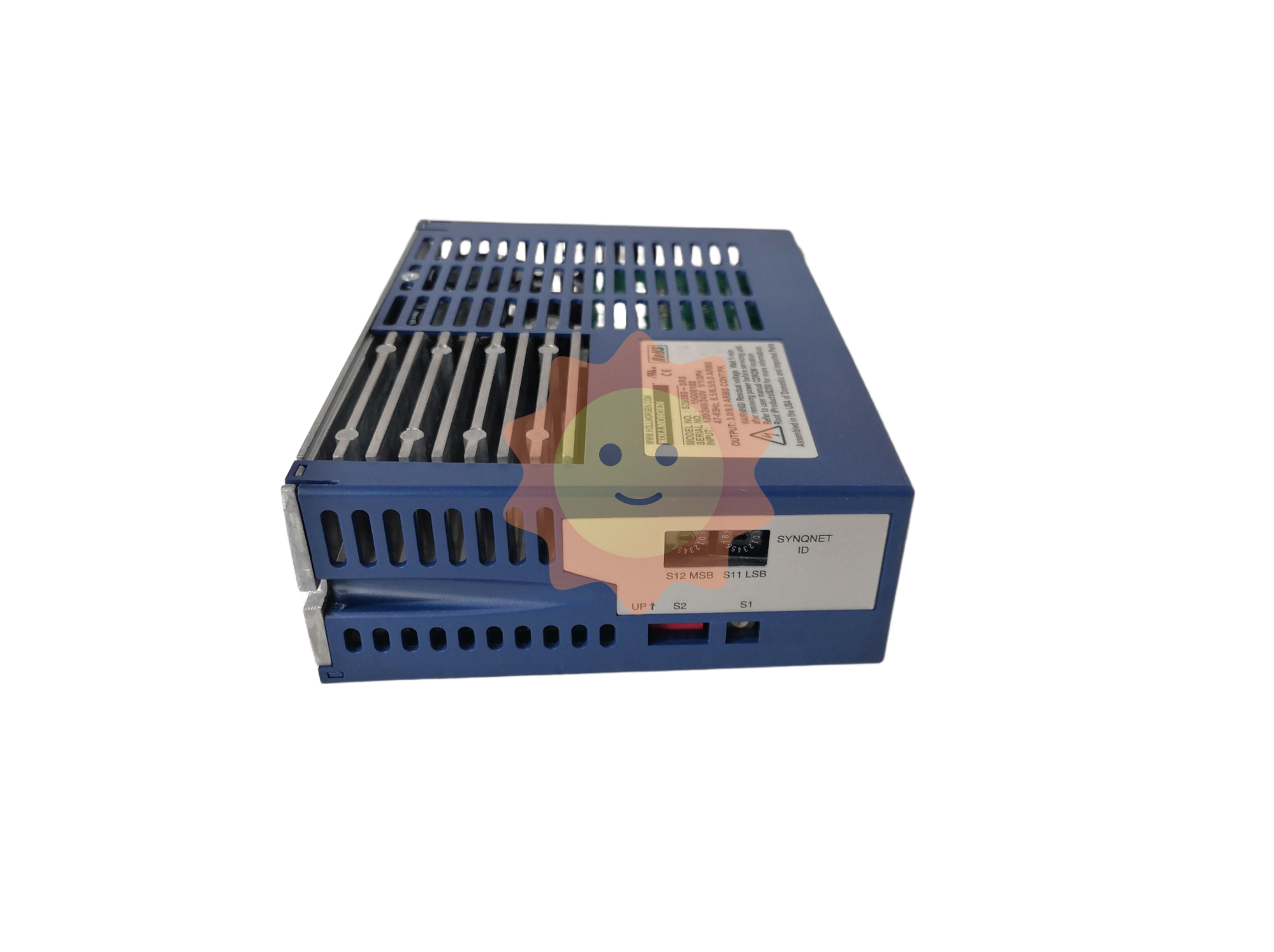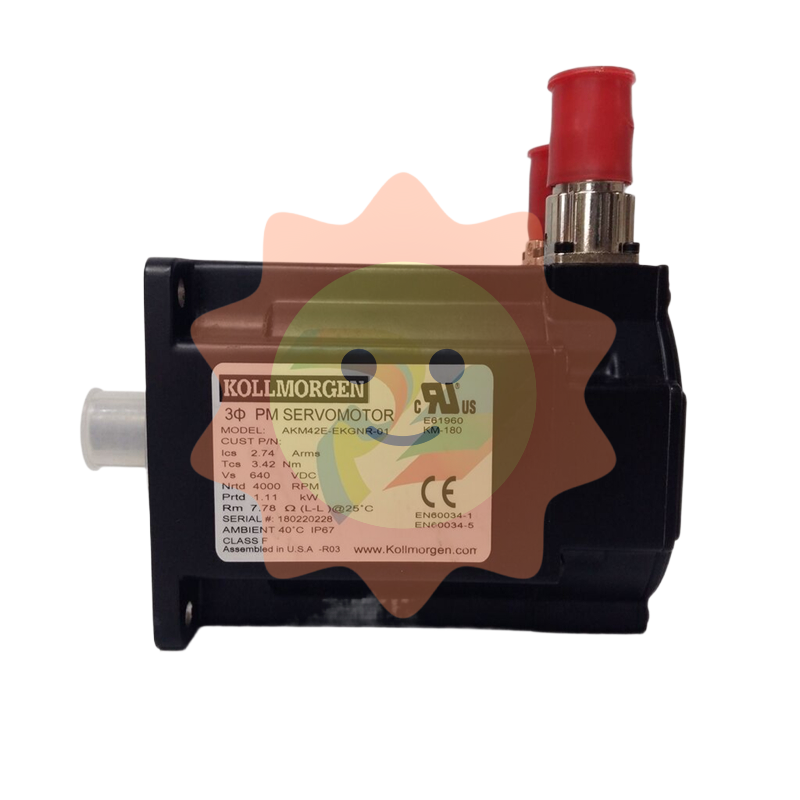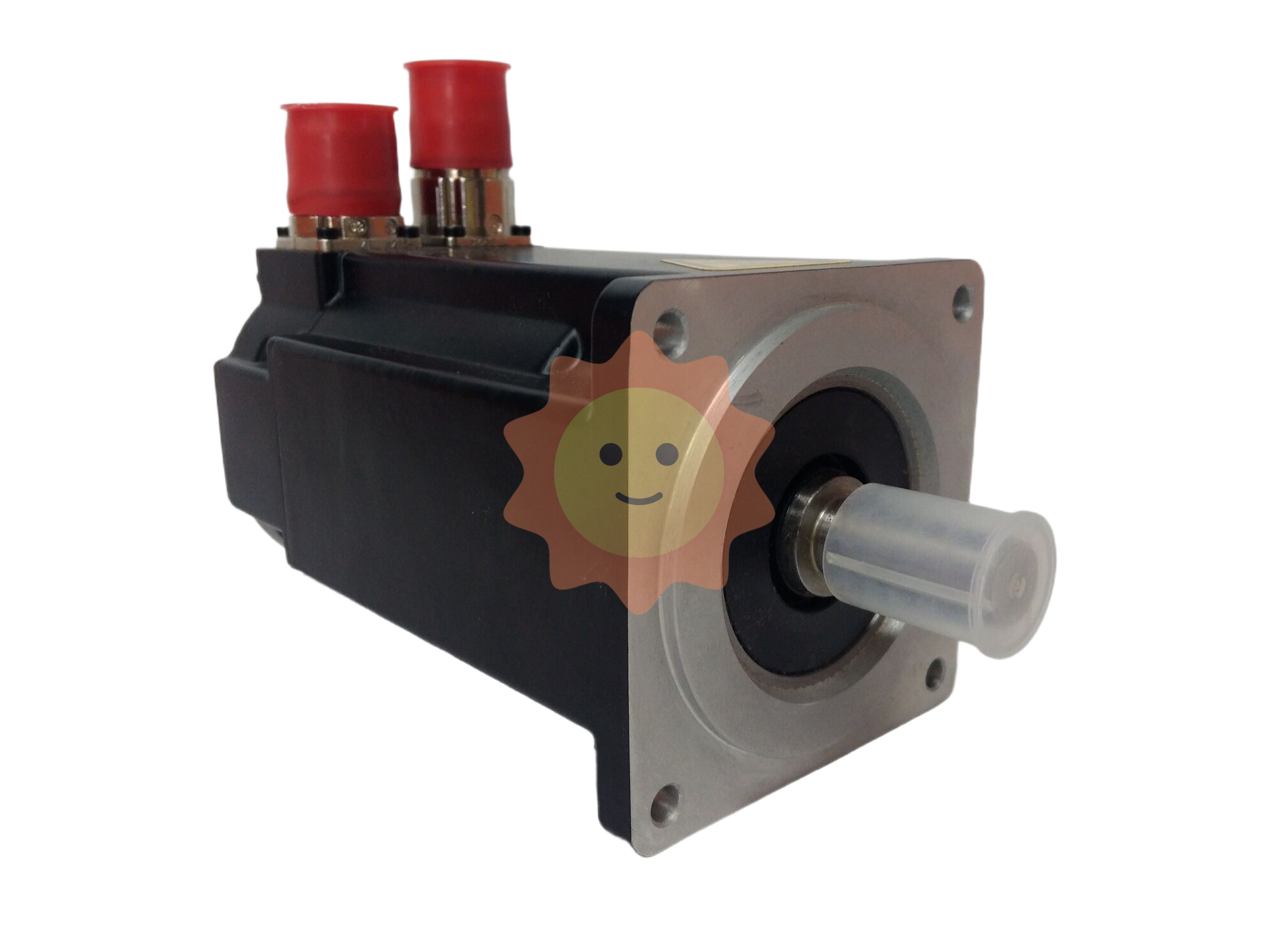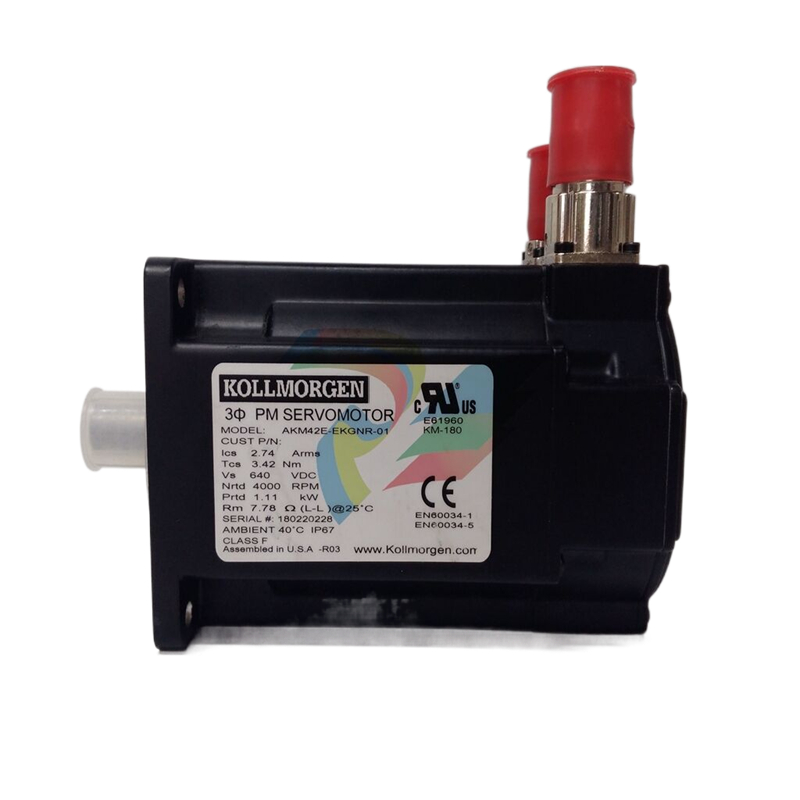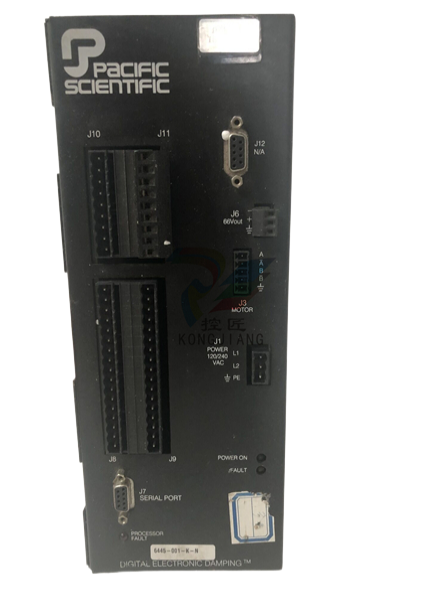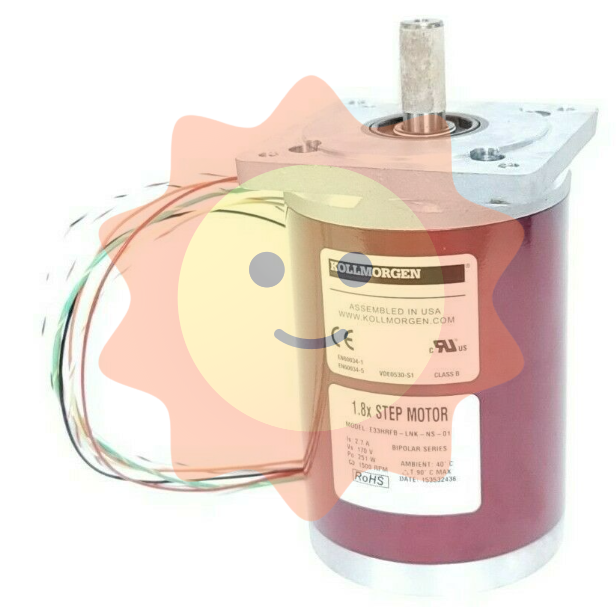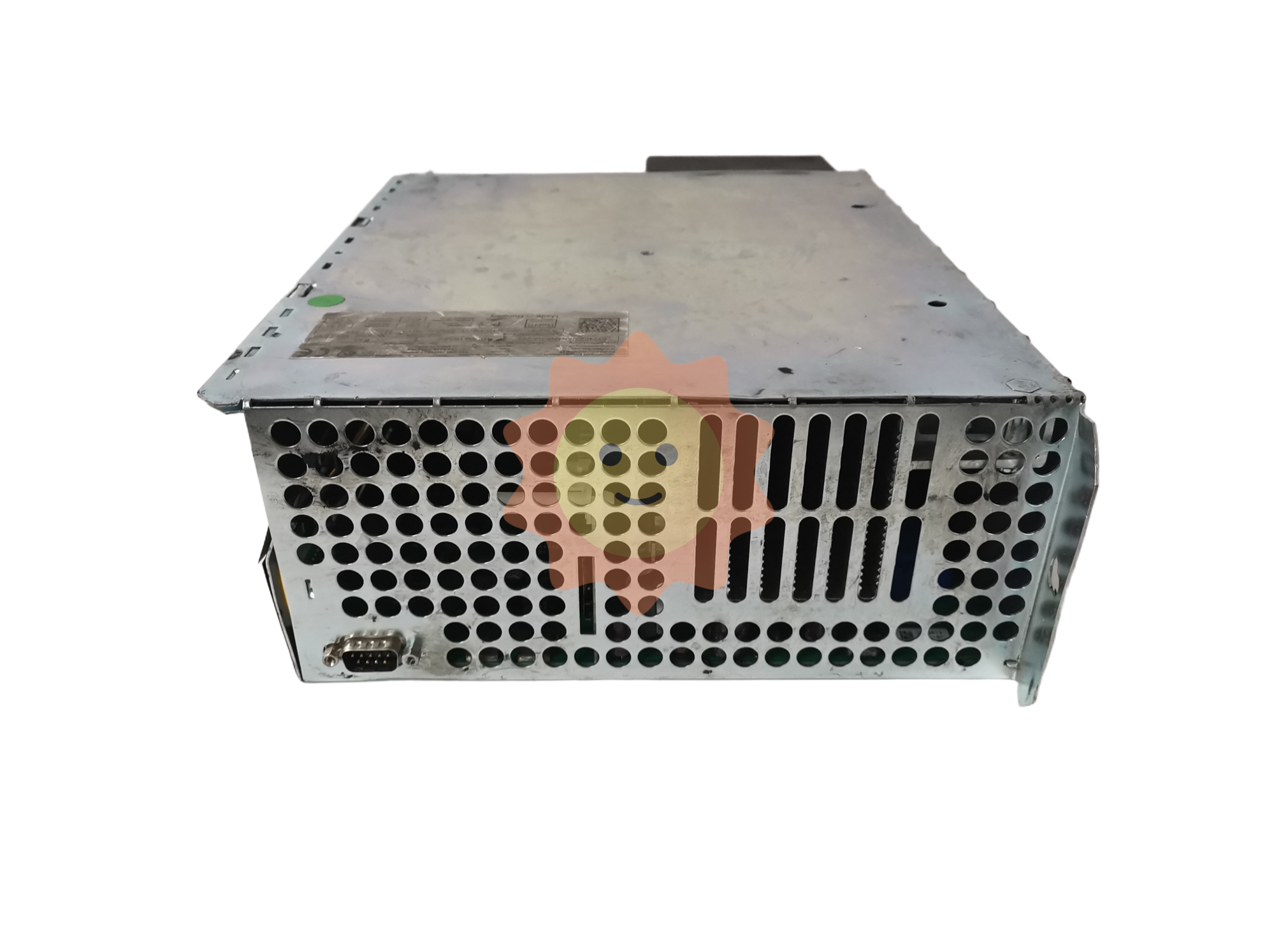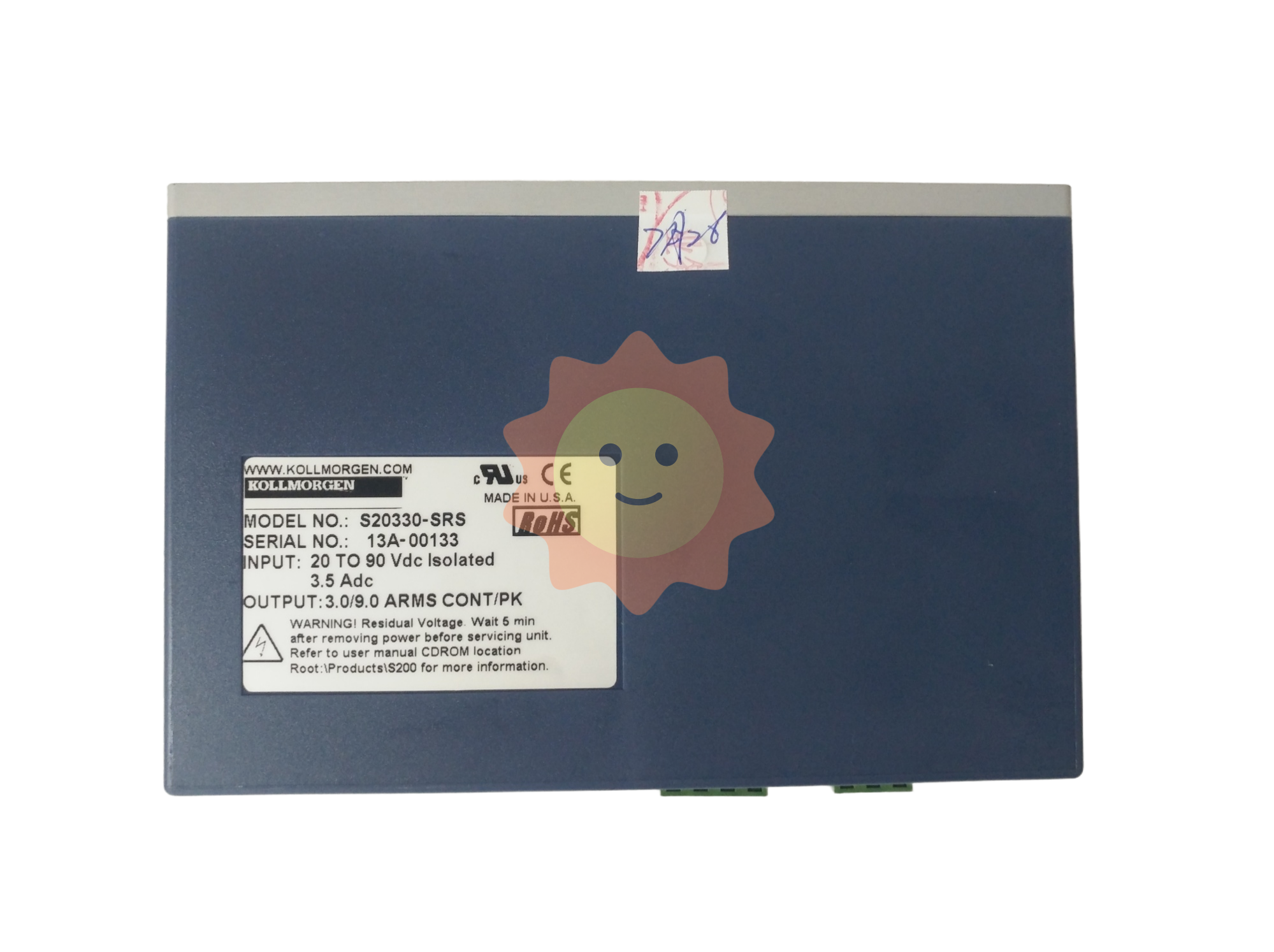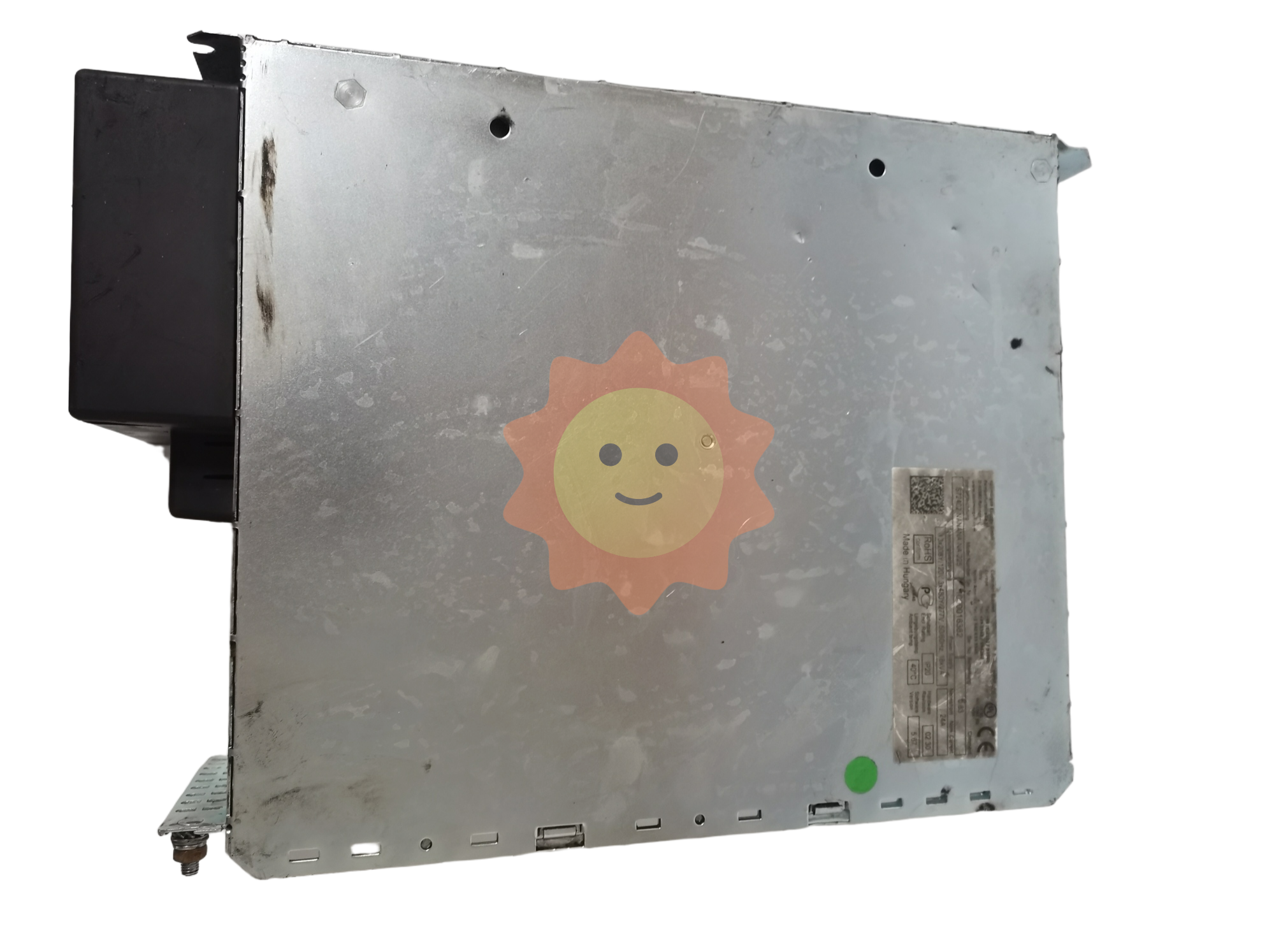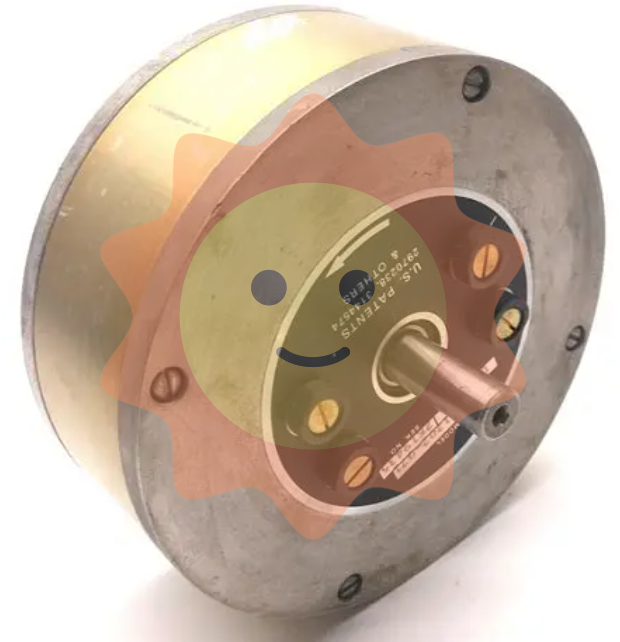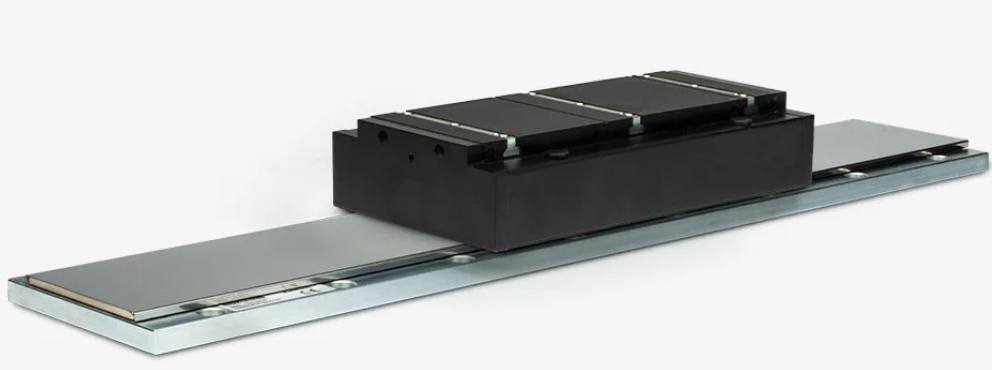The modern chemical industry of chemical engineering

Energy materials and energy saving materials
In the 1950s, the atomic energy industry began to develop, requiring chemical enterprises to produce heavy water, neutron absorbing materials and heat transfer materials to meet needs. The space industry needs high energy. Solid propellants consist of adhesives, plasticizers, oxidants and additives. Liquid high energy fuels are liquid hydrogen, kerosene, undimethylhydrazine, anhydrous hydrazine, etc., oxidants are liquid oxygen, fuming nitric acid, nitrous oxide. These products have strict performance requirements and have formed a specialized production industry. In order to meet the requirements of energy conservation and environmental protection, in 1960, the United States tried to produce a practical membrane to desalinate and treat industrial sewage, and later expanded for medicine and food industry. However, this membrane is easy to biodegrade, but also easy to hydrolysis, short service life. In 1970, the development of aromatic polyamide reverse osmosis membrane, it can resist biodegradation, but can not resist free chlorine. In 1977, the improved composite membrane for desalination, per cubic meter of fresh water consumption only 23.7 ~ 28.4MJ in addition, also developed and used membrane. Polysulfone hollow fiber gas separation membrane, used for hydrogen and nitrogen separation of synthetic ammonia tail gas and other gas separation. This technique is more energy efficient than other industrial separation methods. Fine for its hardness, used as a cutting tool. In 1971, Ford Motor Company and Westinghouse Electric Company used β-silicon nitride (β-SiN) is a structural material of gas turbine, the operating temperature has been as high as 1370℃, improve efficiency, save fuel, reduce pollution, for a good energy-saving material, but after 10 years of testing, there are still many problems, need to be further improved. It is mainly used as ceramic engine, turbine blade, conductive ceramic, artificial bone and so on. The main physical systems of ceramics are oxide systems, such as alumina (AlO), zirconia (ZrO), etc., and non-oxide systems, such as carbide (SiC), nitride (BN), silicon nitride (SiN), etc. In the 1980s, in order to improve the brittleness of ceramics, silicon carbon fiber reinforced ceramics were developed.
Specialty chemicals have been further developed, which enhance or give a specific function to another product in a small amount and obtain a high use value. Such as food and feed additives, plastic and rubber additives, leather, paper, oil field and other specialty chemicals, as well as adhesives, antioxidants, surfactants, water treatment agents, catalysts, etc. In terms of catalysts, due to the development of modern instruments such as electron microscopy and electron spectrometer, it is helpful to understand the catalytic mechanism, so various special catalysts are prepared, marking the catalyst has entered a new stage.
- EMERSON
- Honeywell
- CTI
- Rolls-Royce
- General Electric
- Woodward
- Yaskawa
- xYCOM
- Motorola
- Siemens
- Rockwell
- ABB
- B&R
- HIMA
- Construction site
- electricity
- Automobile market
- PLC
- DCS
- Motor drivers
- VSD
- Implications
- cement
- CO2
- CEM
- methane
- Artificial intelligence
- Titanic
- Solar energy
- Hydrogen fuel cell
- Hydrogen and fuel cells
- Hydrogen and oxygen fuel cells
- tyre
- Chemical fiber
- dynamo
- corpuscle
- Pulp and paper
- printing
- fossil
- FANUC
- Food and beverage
- Life science
- Sewage treatment
- Personal care
- electricity
- boats
- infrastructure
- Automobile industry
- metallurgy
- Nuclear power generation
- Geothermal power generation
- Water and wastewater
- Infrastructure construction
- Mine hazard
- steel
- papermaking
- Natural gas industry
- Infrastructure construction
- Power and energy
- Rubber and plastic
- Renewable energy
- pharmacy
- mining
- Plastic industry
- Schneider
- Kongsberg
- NI
- Wind energy
- International petroleum
- International new energy network
- gas
- WATLOW
- ProSoft
- SEW
- wind
- ADVANCED
- Reliance
- YOKOGAWA
- TRICONEX
- FOXBORO
- METSO
- MAN
- Advantest
- ADVANCED
- ALSTOM
- Control Wave
- AB
- AMAT
- STUDER
- KONGSBERG
- MOTOROLA
- DANAHER MOTION
- Bently
- Galil
- EATON
- MOLEX
- Triconex
- DEIF
- B&W
- ZYGO
- Aerotech
- DANFOSS
- KOLLMORGEN
- Beijer
- Endress+Hauser
- MOOG


Email:wang@kongjiangauto.com

